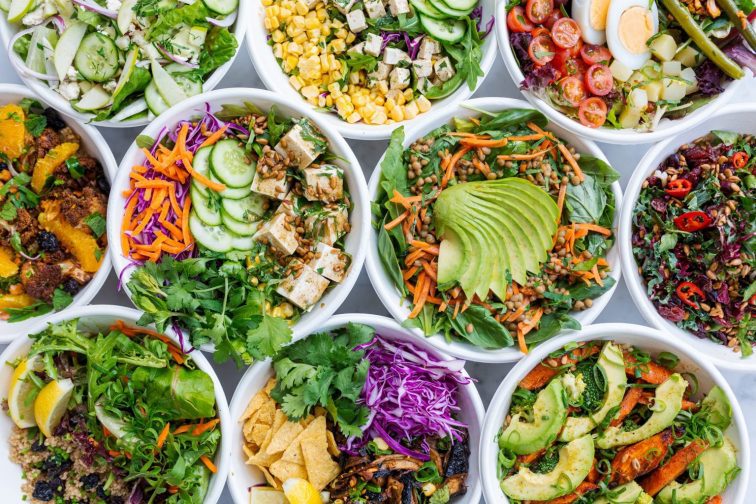This week we want to take a look at what to eat and how this impacts your gut health and immunity, and believe it or not, you’ve already made a number of the changes that contribute to a gut-healthy diet…
What to eat…

So last week we looked at when to eat. We touched on a couple of the benefits of limiting you’re eating window. You may already start to feel those benefits, for example, feeling more rested at night and more alert and less fatigued during the day.
Again, this is also the time to take a couple of minutes to look back through your food diary and look at any additional foods that may be causing upset – try taking them out this week and see how it makes you feel. You are still very much in the early phases of tweaking your diet to figure out what works for you – so keep at it!
This week we want to take a look at what to eat and how this impacts your gut health and immunity, and believe it or not, you’ve already made a number of the changes required, with Aguulp for Gut containing prebiotics (GOS, FOS and Inulin), fibre and the essential vitamins required to nurture a healthy gut.
We’d like to take a look at how you can introduce more prebiotics to your diet by way of what you eat, as these work to feed the intestinal microbiota…
- Onions
- Garlic
- Leeks
- Asparagus
- Green bananas (yep! unripe bananas are high in resistant starch which has prebiotic effects!)
- Apples (pectin accounts for around 50% of an apples fibre; it has prebiotic benefits as it feeds the bacteria which produce Short-Chain Fatty-Acid Butyrate that feeds beneficial bacteria, and decreases the amount of bad bacteria creating a healthier landscape).
These foods ferment in the gut with by-products of this fermentation including short-chain fatty acids (SCFA); such as acetate, propionate, and butyrate, which feeds beneficial bacteria and creates a diverse microflora which leads to a healthier landscape.
However, these foods require fermentation within the gut and, in some individuals, these foods can actually increase certain symptoms (bloating and gas). So, as always, the recommendations is to go slow and if you find that a certain food becomes a trigger and you experience a negative symptom, then exclude it from your diet and look at reintroducing it at a later date.
It’s also important to incorporate probiotics, fibre-rich wholegrains and nutrient-dense fruits and vegetables. Additionally, fermented foods, for example, cultured milk & yoghurt or plant-based alternatives.
We appreciate this is a lot of information to take in, so to make your life that little bit easier we’ve included a few recommendations in this weeks section of the programme.
It’s equally important to consider your immune system when looking at your diet. One thing we’d focus on is Including more Omega 3 fatty acids and Vitamin D (two of the key ingredients in Aguulp for Immunity) in your diet. This will help enhance the functioning of the immune cells, giving your immune system a helping hand fighting off viruses. This can be done by incorporating more fish into your main meals and by snacking on nuts and seeds.
This can be done by incorporating more fish into your main meals and by snacking on nuts and seeds. Aguulp for Immunity contains 1000IU (which is the recommended RNI (reference nutrient intake) advised for the general population to be taken throughout the year.
Please do tag us on Instagram so we can engage with you online, or as ever we’re always on hand at
We’ll be back next week to check in, find out how you are
and to provide you with the next steps.